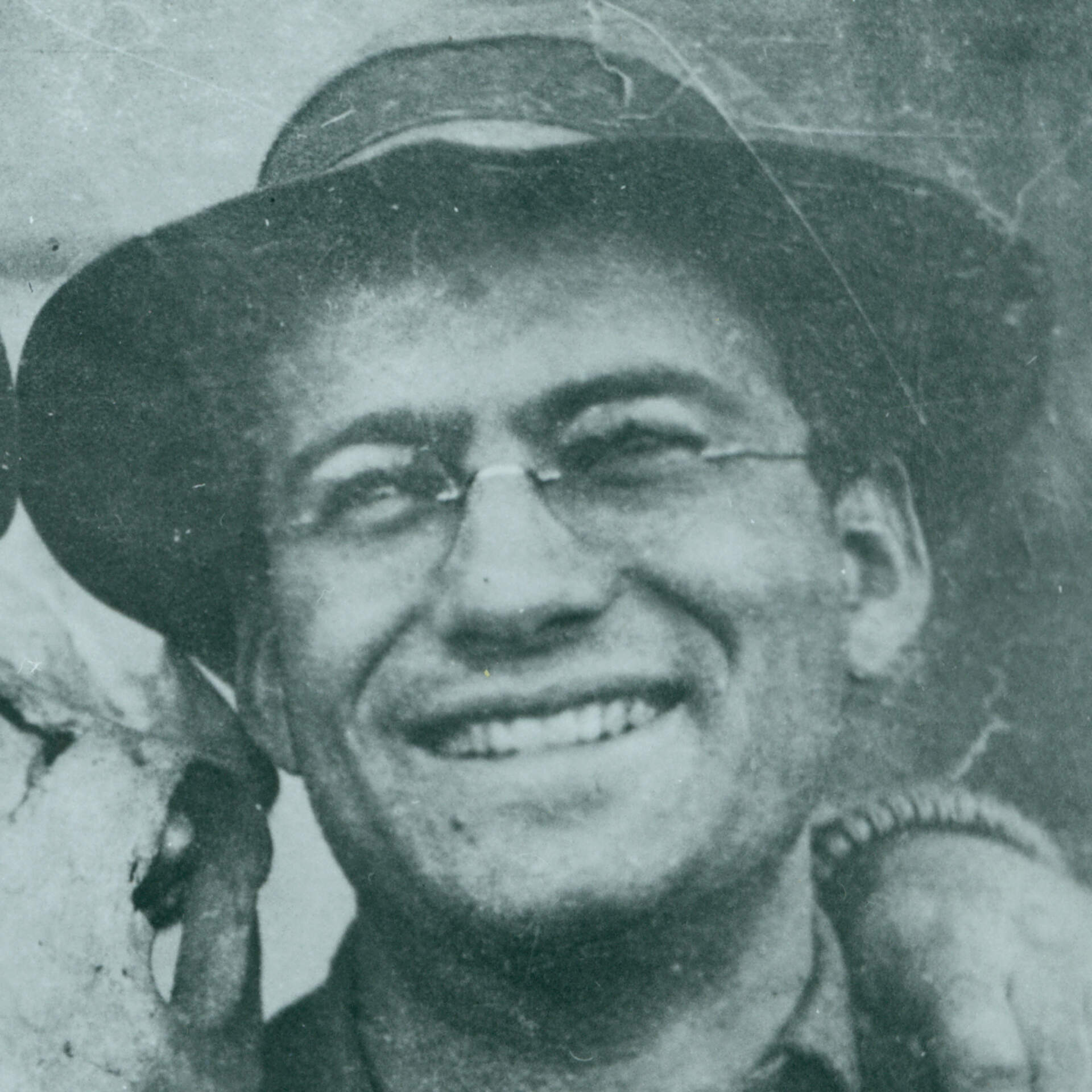J. J. Lankes
(1884-1960)
American
Born: Buffalo, New York, United States
Julius John (J.J.) Lankes (1884-1960) was a noted artist, illustrator, engraver, woodcut print artist, author, lecturer, costume & scenery designer, and college professor primarily known for his woodcut prints and his artistic collaboration with friend and American poet Robert Frost (1874-1963), with whom his friendship spanned over forty years. Lankes was born in Buffalo, NY to parents of German heritage and graduated from the Buffalo Commercial and Electro-Mechanical Institute in 1902. From 1908-1910 he studied at the Art Students League in Buffalo, NY. From 1912-1913 he studied at the Boston School of the Museum of Fine Arts, under Philip Leslie Hale (1865-1931) and William McGregor Paxton (1869-1941). He also studied with the artists Ernest Fosbery (1874-1960) and Mary B.W. Coxe (-1922). Lankes produced his first woodcut in 1917 and over the course of his expansive career produced over 1,300 woodcut designs, many of which have been included in several books, magazines and other publications including his own. His collaborations also included other well known poets, authors, publishers and artists like , Charles Ephraim Burchfield (1893-1967). He created eleven well known woodcut designs from Burchfield’s drawings.
During the 1930s, Lankes taught art for seven years at Wells College in Aurora, NY. In the early 1940s, he joined the National Advisory Committee for Aeronautics (NACA, superseding NASA-National Aeronautics and Space Administration), as head of technical illustrating in the reproduction section of Langley Memorial Aeronautical Laboratory in Langley, VA. Lankes exhibited regularly during his career and his works can be found in many museums as well as in both public and private collections in the United States, Canada and worldwide such as; The Library of Congress and the Smithsonian American Art Museum, both in Washington, DC; the Museum of Modern Art (MoMA) and the Metropolitan Museum of Art (MMA) in NYC; the British Museum, London, England; and the Burchfield Penney Art Center in Buffalo, NY. His memberships included the Society of American Graphic Artists, the American Artists Professional League, the Prairie Print Makers, the California Society of Print Makers, the Print Society of England, and the Saturday Sketch Club of Buffalo. In 1954 he was elected Academician Member at the National Academy of Design in New York City. Lankes maintained his home and studio in Gardenville, NY and Hilton Village, Newport News, VA.
J. J. Lankes has been described as 'one of America’s foremost graphic artists.' Not only was he 'arguably the first genuine woodcut artist this country produced', he was the close friend of such poets and writers as Robert Frost and Sherwood Anderson, and author of A Woodcut Manual, the first reliable and comprehensive book on woodcutting published in North America, which appeared while he was at Wells. Lankes was commissioned on a regular basis to illustrate books, but the most famous of his designs were undoubtedly the ones he created for Robert Frost’s poetry.[1] - Welford Dunaway Taylor
In his 1934 book No Swank, the American novelist Sherwood Anderson wrote, “I like things in my dining-room that arouse, that awakens thoughts in me. So I have these Lankes woodcuts... I honor him for his realism. The man has feeling. He has that odd quality, so infinitely valuable, the feeling for things, for the reflected life in things.”[2]
Lankes produced woodcuts not only to illustrate Frost's poems but also various other works by notable authors and poets such as; Ellen Glasgow’s (American, 1873-1945) Barren Ground (1925), Roark Bradford’s (American, 1896-1948) John Henry (1931), Sherwood Anderson’s (American, 1876-1941) Perhaps Women (1931), Pulitzer prize-winning poet Robert Peter Tristram Coffin’s (American, 1892-1955) Elegy Written in a Country Churchyard (1940), Beatrix Potter’s (English, 1866-1943) Wag-By-Wall (1944) and August William Derleth’s (American, 1909-1971) Country Poems (1956). Lankes published some of his own woodcuts, how-to manuals, and had many of his own articles in numerous magazines and publications. Some of his better known works include Virginia Woodcuts (1930) and A Woodcut Manual (1932). He also produced technical illustrations from his work at NACA, designed and cut numerous bookplates and enjoyed making holiday greeting cards.
Mark Strong, Julius John Lankes, http://www.meibohmfinearts.com/artists.aspx?ID=734, (Accessed 12/30/2011)
